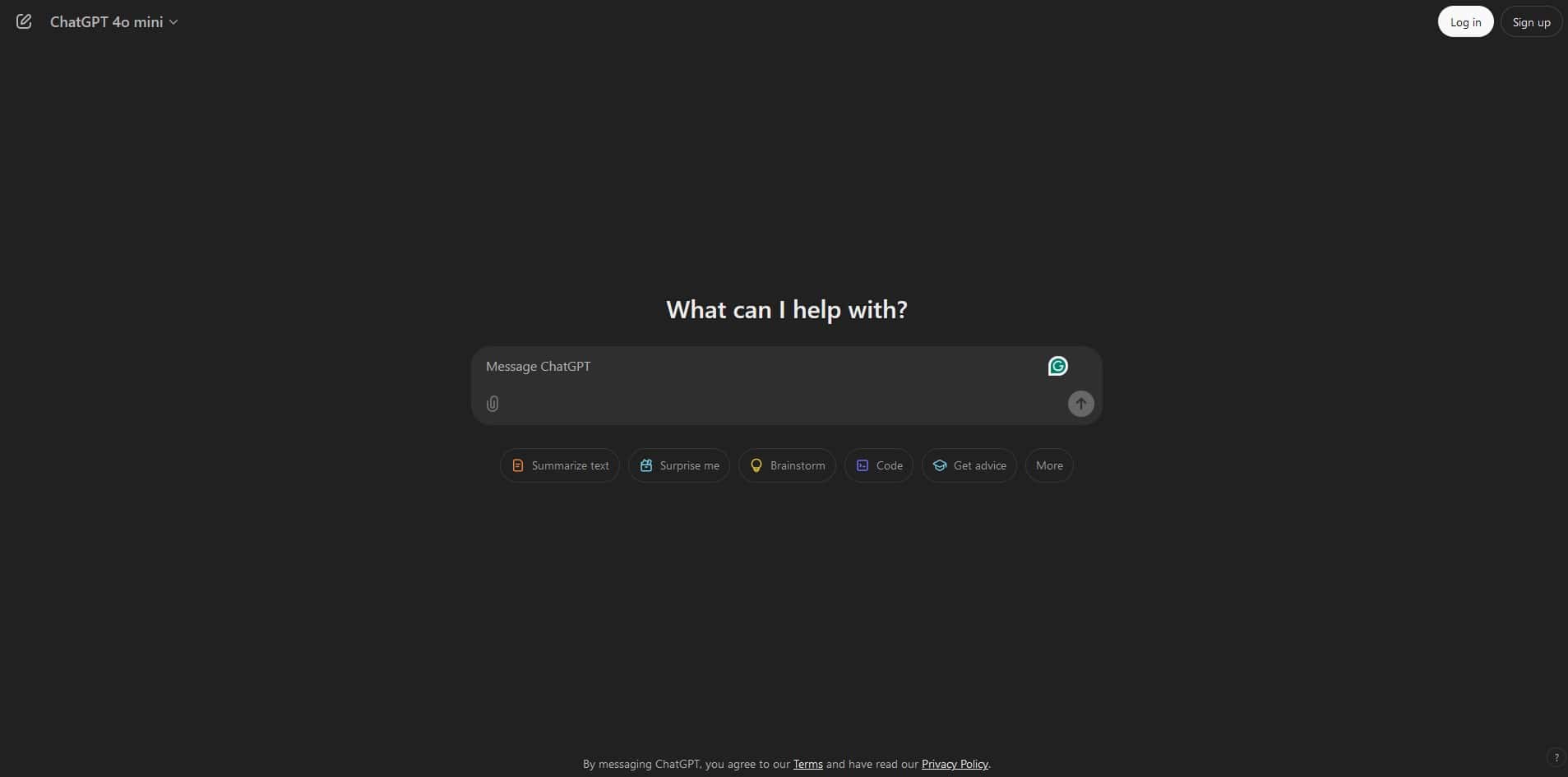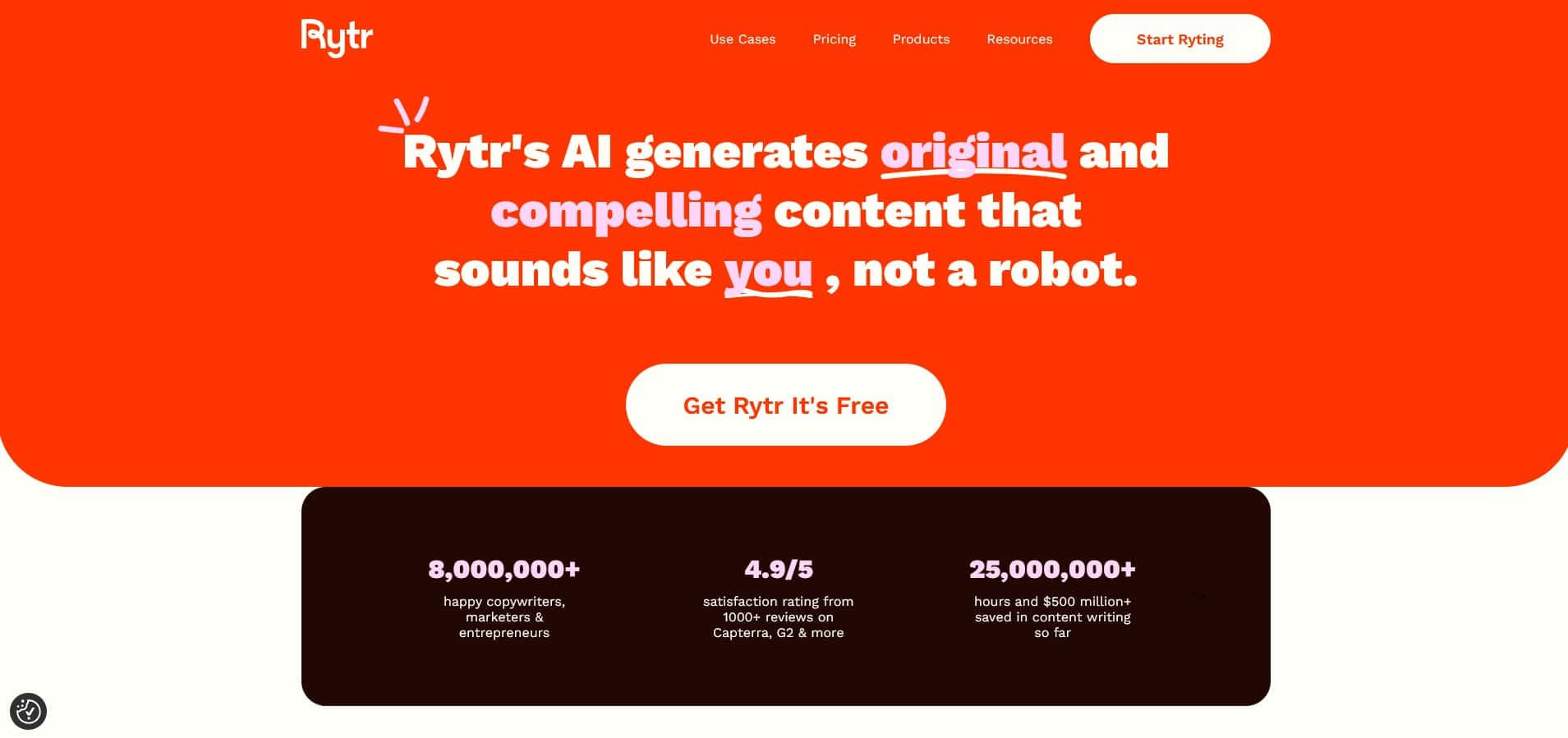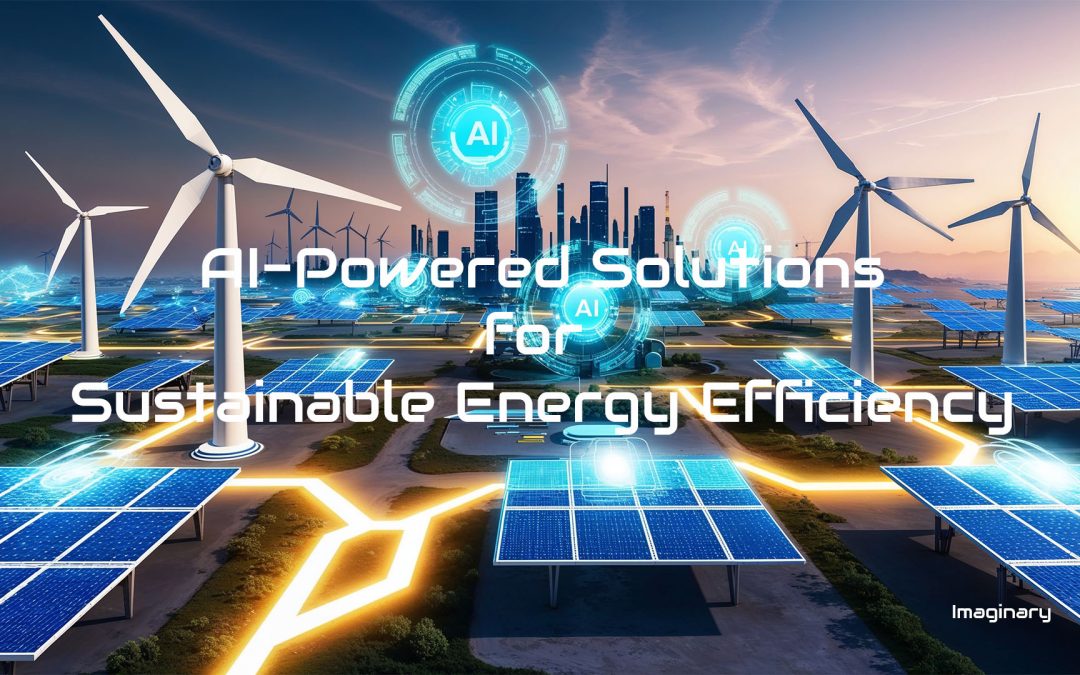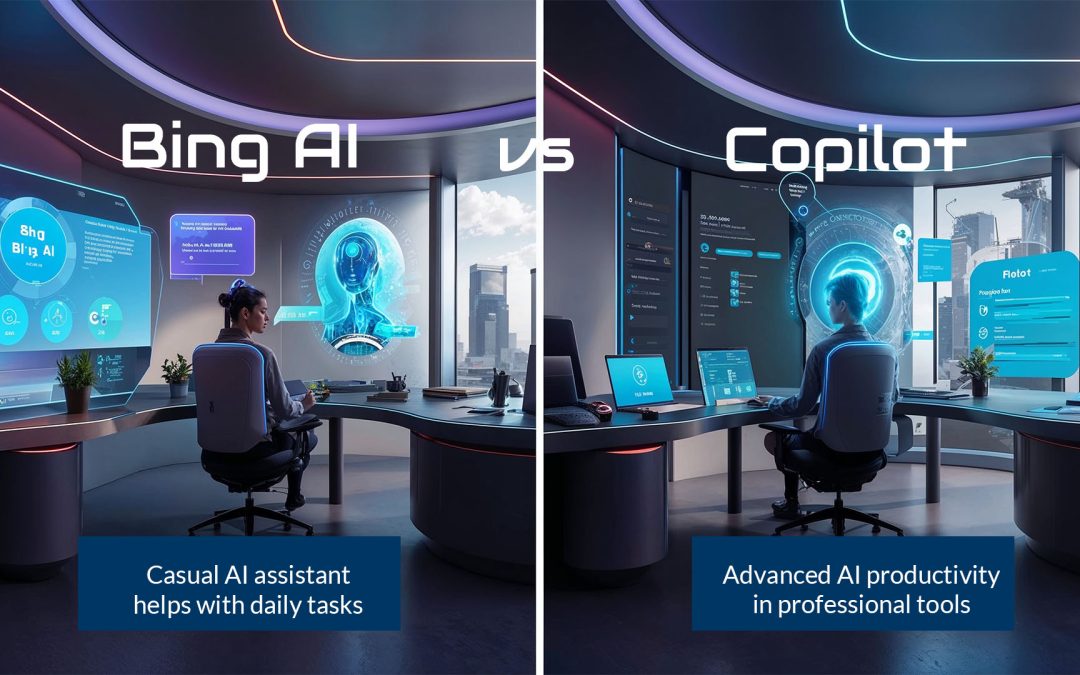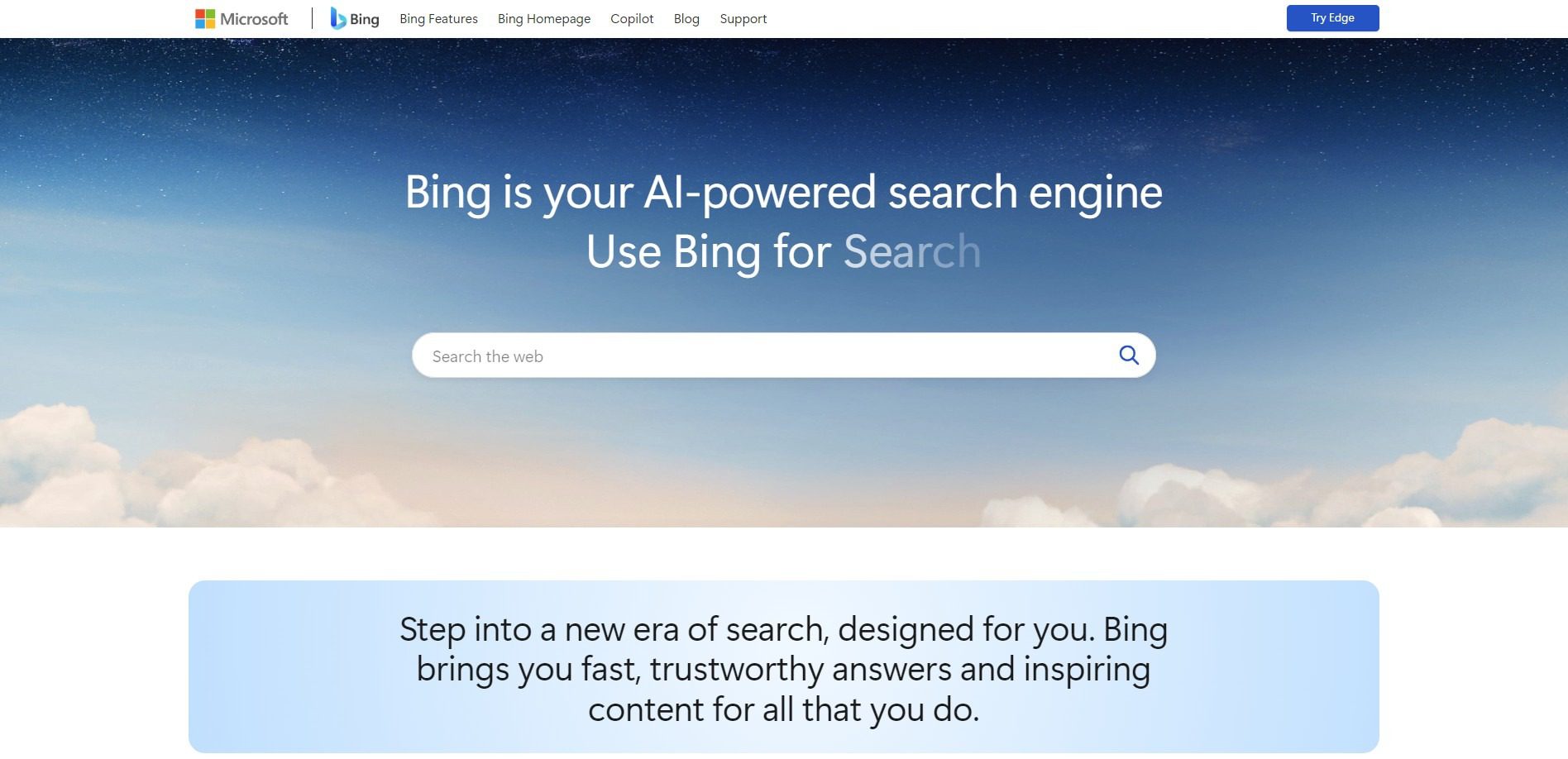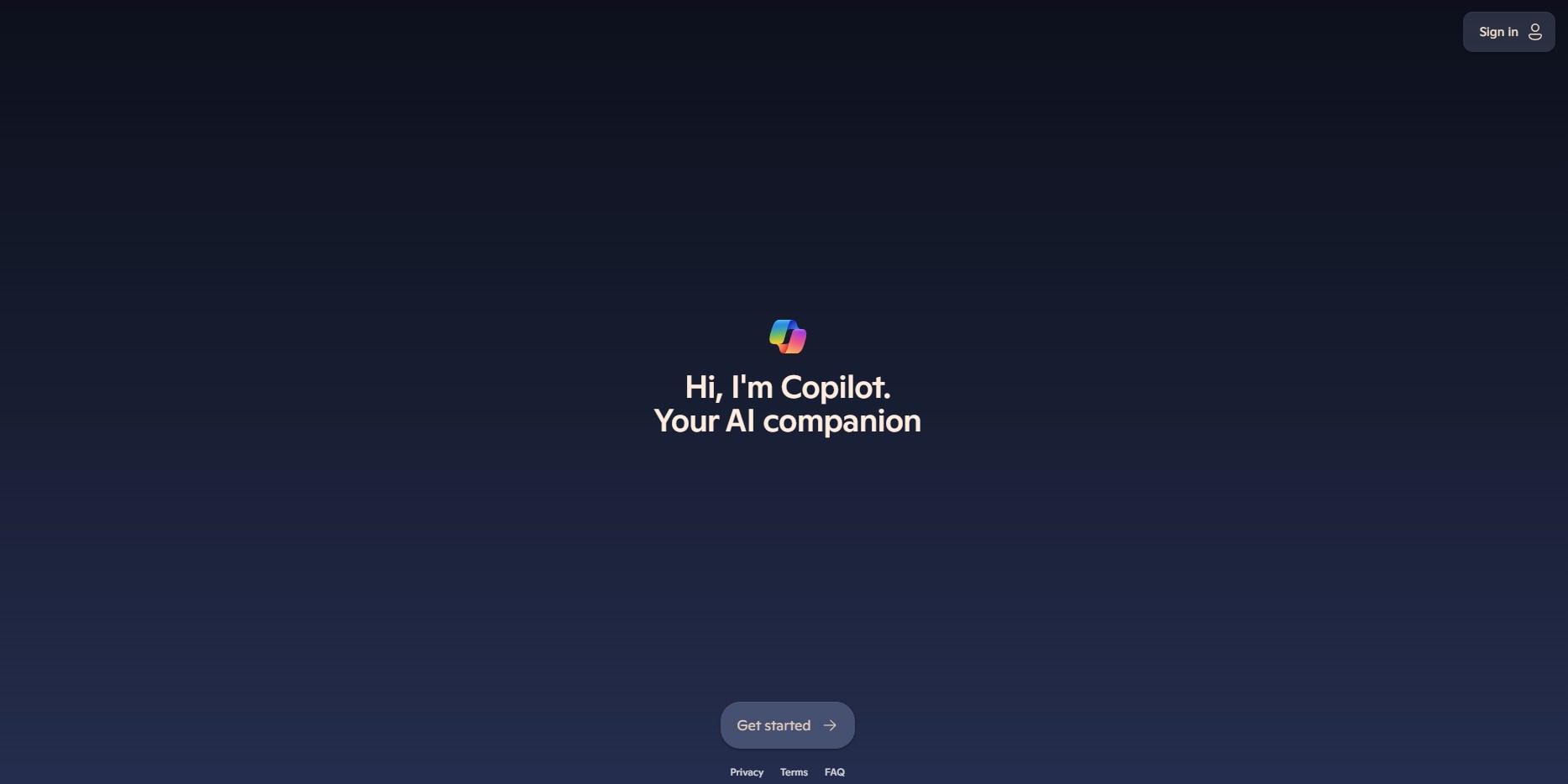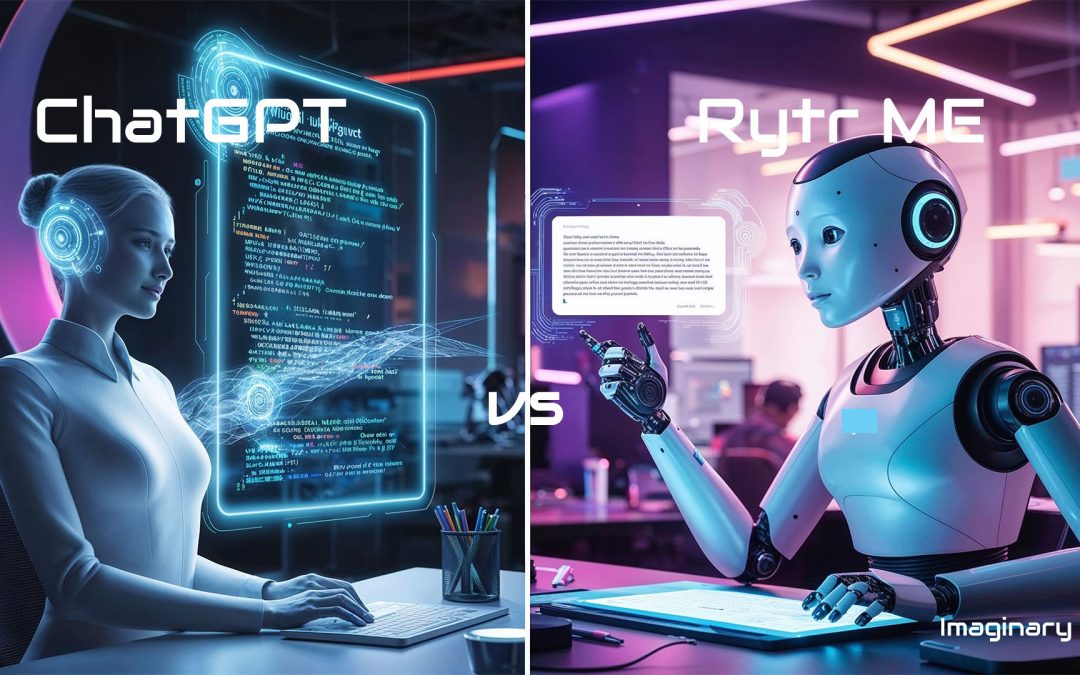
ChatGPT vs Rytr ME: Powerful Writing AI Assistants in 2025
This detailed comparison between ChatGPT and Rytr ME is a part of our AI Tools Comparison Series, which explores the best tools shaping the AI landscape.
Introduction – ChatGPT vs Rytr ME, the Powerful Writing AI Assistants
As artificial intelligence transforms content creation, the competition between AI writing tools intensifies. ChatGPT and Rytr are among the top contenders.
Both have unique strengths, but which one is best for your needs?
This article explores their features, pricing, usability, and more to help you make an informed decision.
What is ChatGPT?
ChatGPT, developed by OpenAI, is a versatile AI language model.
It excels at generating coherent, human-like responses to prompts, making it ideal for content creators, businesses, and casual users alike.
With its advanced natural language processing (NLP) capabilities, ChatGPT can:
- Generate blog posts and articles.
- Create conversational content for chatbots.
- Offer detailed answers to queries.
- Assist with brainstorming and idea generation.
What is Rytr?
Rytr is a user-friendly AI writing assistant designed to streamline content generation.
Targeting marketers, bloggers, and small businesses, Rytr specializes in producing high-quality content quickly.
Its features include:
- Predefined content templates for various use cases.
- Tone customization options.
- Plagiarism checking tools.
- Affordable pricing tailored to individual and business needs.
Key Features Comparison – ChatGPT vs Rytr
1. Ease of Use
- ChatGPT: Offers a straightforward chat interface. Users need to provide specific prompts for desired outputs.
- Rytr: Simplifies content creation with prebuilt templates and guided workflows.
2. Customizability
- ChatGPT: Highly customizable but requires detailed instructions.
- Rytr: Provides predefined templates and tone adjustments for faster results.
3. Content Quality
- ChatGPT: Excels at producing rich, detailed, and diverse content.
- Rytr: Offers concise and focused content tailored for specific purposes.
4. Pricing
- ChatGPT:
- Free tier (limited access).
- ChatGPT Plus: $20/month (priority access and faster responses).
- API pricing based on usage.
- Rytr:
- Free tier (10,000 characters/month).
- Saver Plan: $9/month.
- Unlimited Plan: $29/month.
5. Supported Use Cases
- ChatGPT: Suitable for complex tasks like long-form content, coding assistance, and creative writing.
- Rytr: Geared towards short-form content like ads, emails, and social media captions.
Performance Metrics – ChatGPT vs Rytr
Language Support
- ChatGPT: Supports multiple languages with advanced fluency.
- Rytr: Covers 30+ languages but may lack the nuanced understanding of ChatGPT.
Speed
- ChatGPT: Slightly slower due to its detailed responses.
- Rytr: Optimized for quick outputs.
Accuracy
- ChatGPT: Provides detailed, contextually accurate responses.
- Rytr: Focuses on basic accuracy for common scenarios.
Which Should You Choose: ChatGPT or Rytr?
This depends on the complexity of the operations to be carried out and the time and money available. But let’s look at which would be right for whom:
Who Should Use ChatGPT?
ChatGPT is ideal for professionals seeking detailed, high-quality outputs. It’s perfect for:
- Writers crafting long-form content.
- Developers need code assistance.
- Researchers require complex data analysis.
Who Should Use Rytr?
Rytr’s simplicity and affordability make it a go-to for:
- Small businesses are creating ads and emails.
- Social media managers crafting quick captions.
- Freelancers producing short-form content.
Social Connections for ChatGPT and Rytr
ChatGPT: OpenAI, the creators of ChatGPT, hosts an active community on platforms like Discord, where users can discuss use cases, share tips, and report bugs.
The Discord server provides real-time interaction with other users and occasionally with developers. OpenAI also engages through its Twitter (X) account and blog updates, ensuring users are informed about new features and improvements.
Rytr: Rytr offers a growing community primarily via their official Discord channel, which is an excellent space for users to discuss content creation and automation workflows and receive support.
Additionally, they maintain a vibrant presence on LinkedIn and Facebook, sharing updates and creative writing tips.
❓ FAQs – ChatGPT vs Rytr ME
What is the primary difference between ChatGPT and Rytr?
A.: ChatGPT focuses on versatility and detailed content, while Rytr emphasizes speed and predefined templates for short-form content.
Which is better for long-form content?
A.: ChatGPT is superior for long-form content due to its advanced NLP capabilities.
Are both tools suitable for beginners?
A.: Yes, but Rytr is more beginner-friendly with its templates and guided approach.
Do ChatGPT and Rytr support multiple languages?
A.: Both tools support multiple languages, but ChatGPT offers a more nuanced understanding.
Can ChatGPT and Rytr detect plagiarism?
A.: Rytr includes a built-in plagiarism checker. ChatGPT lacks this feature but integrates with external tools.
Which tool is more affordable?
A.: Rytr is more affordable, with plans starting at $9/month.
Do they offer free trials?
A.: Yes, both ChatGPT and Rytr offer free tiers with limitations.
Which tool is better for social media content?
A.: Rytr is better suited for social media due to its templates and quick outputs.
Can I use these tools for SEO?
A.: Yes, both tools assist with SEO-focused content creation, with ChatGPT offering more in-depth analysis.
Is customer support available for both tools?
A.: Yes, both platforms provide customer support, with ChatGPT offering community forums and Rytr providing email support.
Conclusion and Summary – ChatGPT vs Rytr
ChatGPT and Rytr both serve distinct niches in the AI writing space.
If you need deep customization and broad capabilities, ChatGPT is your choice.
For budget-friendly, quick, and efficient content creation, Rytr excels.
Ultimately, your decision should align with your specific content goals and budget.
📚 Related Posts You May Be Interested In
This post is part of the Definitive Guide to Brilliant Emerging Technologies in the 21st Century ⬈, where you can find out more about the topic.
For a brief comparison on the subject, see my previous post, ChatGPT vs. 11 Powerful AI Tools: Unlock Their Unique Features in 2024 ⬈.
Thanks for reading.
Resources – ChatGPT vs Rytr
ℹ️ Note: Due to the ongoing development of applications and websites, the actual appearance of the websites shown may differ from the images displayed here.
The cover image was created using Leonardo AI.

